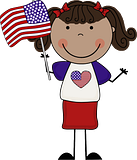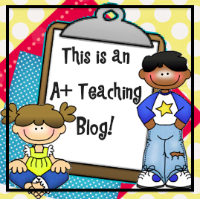Then we brainstormed adjectives together to describe Fall. When we were finished, students were ready to complete the bubble map on their own.
Students get one group of words with pictures to place on their bubble map. The bubble map uses the words "has" and "is" to connect the detail with the main idea. Students need to study each word and decide which connecting verb makes sense with each detail. For example, "Fall has colorful leaves."
Here is the adjectives/adjective phrases each student will need to cut out to complete their bubble map.
Below is the bubble map for students to glue the adjectives/adjective phrases to and then read.
Once students have completed the map, I have them read their map at least 5 times. They can partner read or read to themselves to build fluency. After reading, I have student glue their maps into their science journal and write three sentences. This is when you can really differentiate their work by doing a mini lesson with the students with are ready to write compound sentences, tell-me-more sentences, or simple sentences.
Because they have glued their bubble map into their science journal and they are familiar with the text, this becomes something they can read during extra time. And they really do love to revisit this fun stuff! Click here to get your own copies of the activity above!











No comments:
Post a Comment